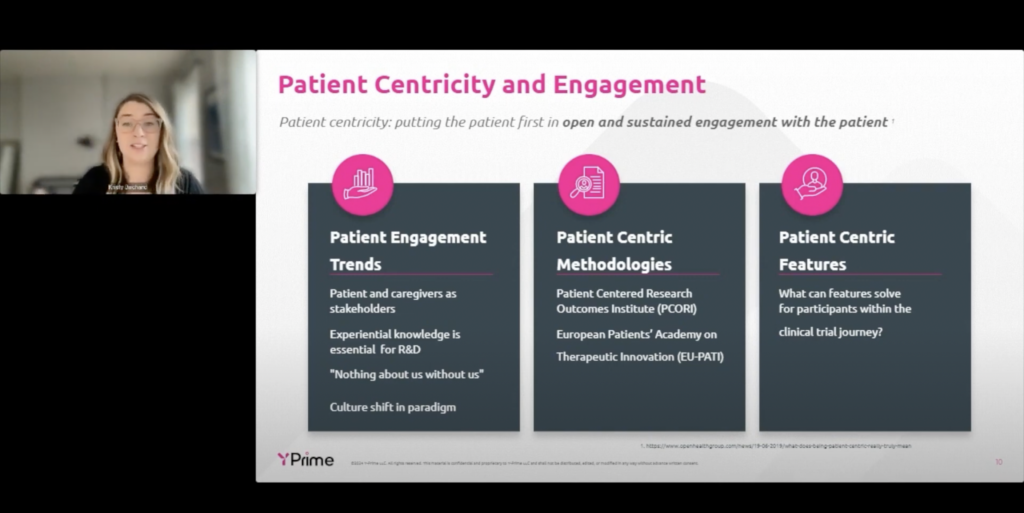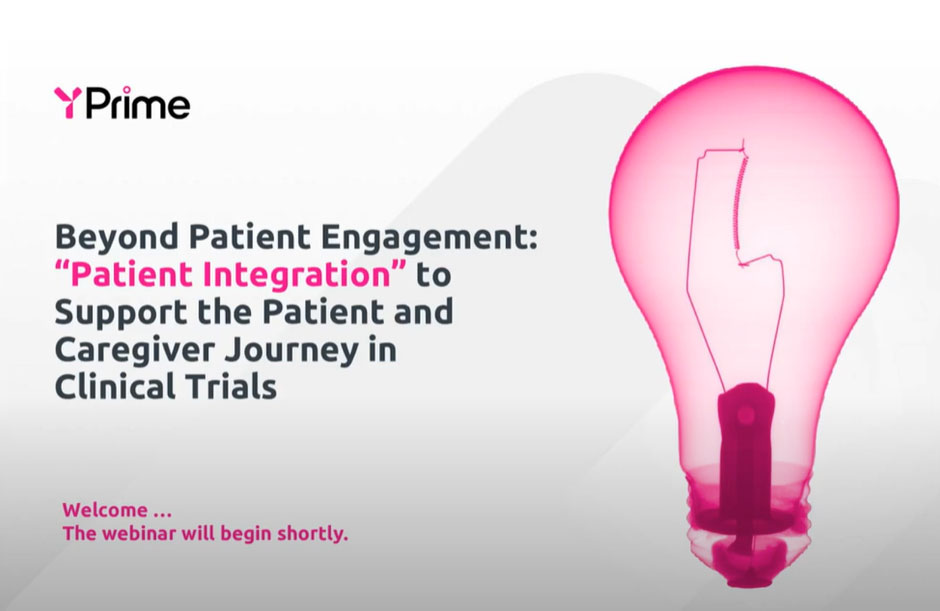Patient-focused drug development (PFDD) is “a systematic approach to help ensure that patients’ experiences, perspectives, needs, and priorities are captured and meaningfully incorporated into drug development and evaluation.”1 The primary goals of PFDD encompass better incorporation of the patient’s voice in drug development and evaluation in multiple ways, including the use of approaches and best practices to facilitate patient enrollment and minimize the burden of patient participation in clinical trials.
Developing ePRO with the patient in mind
Clinical trial stakeholders recognize the value of electronic clinical outcomes assessment (eCOA), and, in particular, electronic patient-reported outcomes (ePRO) assessment in achieving PFDD-related goals while enhancing data accuracy and completeness. The use of computerized systems to collect PRO data in clinical trials is commonplace and the preferred and recommended method with regulators encouraging electronic instead of paper-based data collection.2-4 The key is for eCOA providers to interpret the data capture requirements of pharmaceutical sponsors’ clinical trial protocols and create solutions to facilitate ePRO data capture to support key endpoints. At the same time, in line with industry’s PFDD goals, solutions should be designed to enhance data quality in multiple ways including:
ePRO Best Practices
The recently published Best Practices for the Electronic Implementation and Migration of Patient-Reported Outcome Measures,5 which serves as a consensus on the best practices for ePRO migration and implementation, endorsed by the 23 eCOA technology or allied service providers that form Critical Path Institute’s eCOA Consortium. The goal of these best practices is to provide a definitive reference for user-friendly ePRO measure implementations that capture robust data5. Trial sponsors need technology that helps them ensure that the data they collect in their eCOA trials are of optimal integrity and fit for regulatory submission by adhering to these best practice recommendations and creating a “patient-engaging” solution for ePRO data collection.
User experience (UX) plays a very important role in software adoption and compliance.
UI/UX for patient engagement
Patient engagement, as evidenced by FDA’s PFDD efforts, is more than just an industry buzzphrase. It’s essential for achieving clinical trial outcomes, and ultimately, safer, and more efficacious treatments. As such, technology providers are continually looking for ways to meet patients’ expectations and adapt technologies to accommodate their evolving needs.
User experience (UX) plays a very important role in software adoption and compliance. Even the most elegant eCOA solution design will not be useful or effective if it doesn’t engage the user. The eCOA UI must reflect diverse user feedback as well as the modern look and feel of some of the most popular software applications, rather than the standard, dry medical applications.
Let’s talk!
www.yprime.com/ecoa
marketing@yprime.com
YPrime’s eCOA solutions are protocol-tailored to meet the unique needs of each therapeutic area. Our advanced eCOA platform is designed and implemented by a team that is passionate about improving the daily lives of patients, sites, and sponsors.
To further enhance the trial experience of patients who use YPrime eCOA systems in clinical trials, we are developing a new patient engagement feature suite, based on feedback from diverse test users who indicated which features and functionality were the cleanest, most modern, fun, and easy to use. These features help the patient track protocol milestones, visit schedules, and eCOA protocol compliance in a fun and engaging way that has demonstrated engagement in diverse test users.
Sources
- U.S. Food and Drug Administration. CDER Patient-Focused Drug Development.
- Coons SJ, Eremenco S, Lundy JJ, O’Donohoe P, O’Gorman H, Malizia W. Capturing patient-reported outcome (PRO) data electronically: the past, present, and promise of ePRO measurement in clinical trials. Patient, 2015;8(4):301-309.
- U.S. Food and Drug Administration. Guidance for industry—Patient-Reported Outcome Measures: Use in Medical Product Development to Support Labeling Claims. December 2009
- U.S. Food and Drug Administration. Guidance for industry: Electronic Source Data in Clinical Investigations September 2013.
- Mowlem FD, Elash CA, Dumais KM, Haenel E, O’Donohoe P, Olt J, Kalpadakis-Smith AV, James B, Balestrieri G, Becker K, Newara MC, Kern S, on behalf of the Electronic Clinical Outcome Assessment (eCOA) Consortium: Best Practices for the Electronic Implementation and Migration of Patient-Reported Outcome Measures, Value in Health (2023)
Check out our other patient engagement resources
about trial design, data capture, operational efficiencies, and, ultimately, solving for certainty in clinical research.


